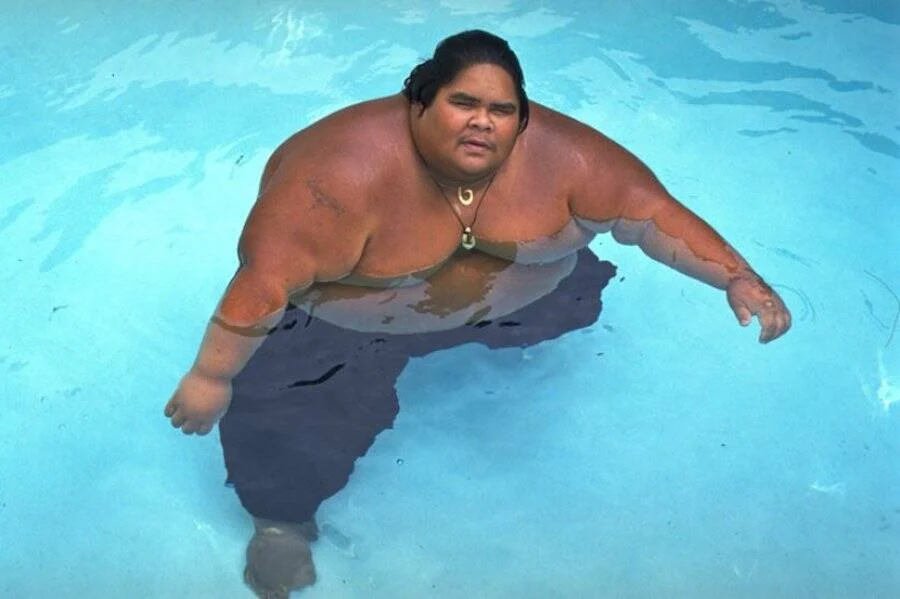In Hawaiian culture, mana represents a person’s spiritual energy and presence—an invisible force that radiates from those who possess it. Few embodied this concept as profoundly as Israel Kamakawiwo’ole, whose voice carried not just melody, but emotion, history, and the soul of Hawaii itself.
His musical journey began in the most unassuming way—strumming a worn-out ukulele alongside his brother at a graduation party. What should have been a casual performance turned into a moment of magic, leaving the audience spellbound and setting Israel on a path to becoming one of Hawaii’s most beloved folk heroes.
Of all his recordings, none is more universally cherished than his breathtaking medley of Somewhere Over the Rainbow and What a Wonderful World. The story behind the track is as legendary as the song itself. In the quiet hours of an early morning session, Israel entered the recording studio, picked up his ukulele, and—on the very first take—delivered a performance that would define his legacy. The studio engineers, captivated by his effortless delivery, made only one request: a sturdy steel chair to accommodate his formidable frame. What began as a spontaneous recording would go on to touch millions.
First released in 1993 on his second solo album, the medley took on a life of its own, appearing in countless films, commercials, and television shows. According to EMI, his rendition of Somewhere Over the Rainbow remains the most requested version ever recorded—surpassing even Judy Garland’s original. Though his interpretation strayed from the classic melody and lyrics, it breathed new life into the song, transforming it into something deeply personal yet universally moving.
Despite his growing international fame, Israel remained true to his roots. He used his platform to advocate for Hawaiian sovereignty and the preservation of his homeland’s culture, ensuring that his success was about more than just music—it was about identity and heritage.
Tragically, Israel passed away in 1997 at the age of 38 due to respiratory complications. His impact on Hawaii was so profound that he became only the third person in history to lie in state at the Hawaii Capitol Building. His ashes were later scattered at sea, accompanied by a procession of boats and honking car horns—a final farewell from the people whose hearts he had touched.
Today, Israel Kamakawiwo’ole is remembered not only as a musician but as a symbol of aloha, resilience, and the boundless power of a single voice. As Milan Bertosa, the recording engineer who captured his most famous song, once said, you can analyze every note—or you can simply listen and smile.





